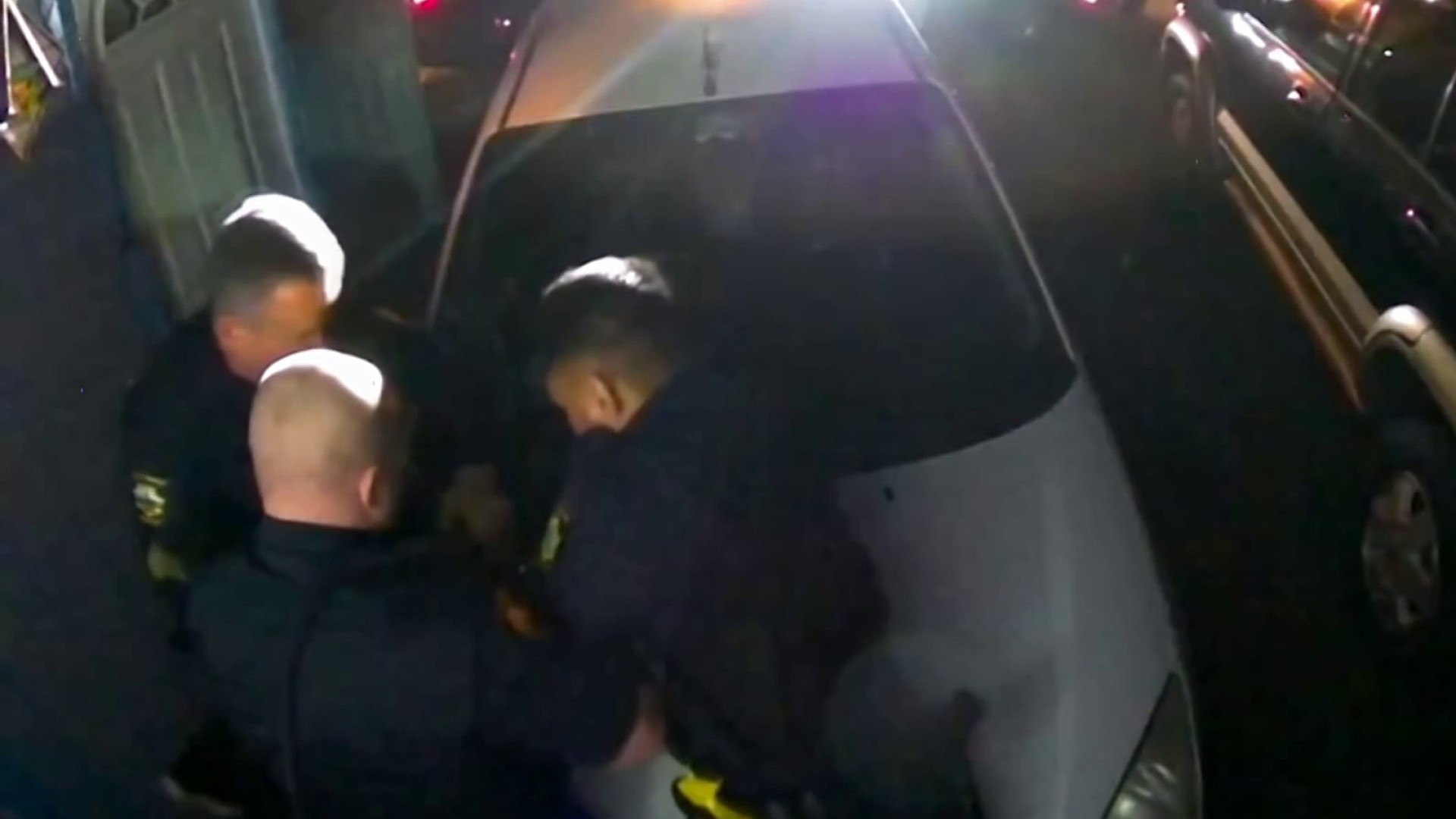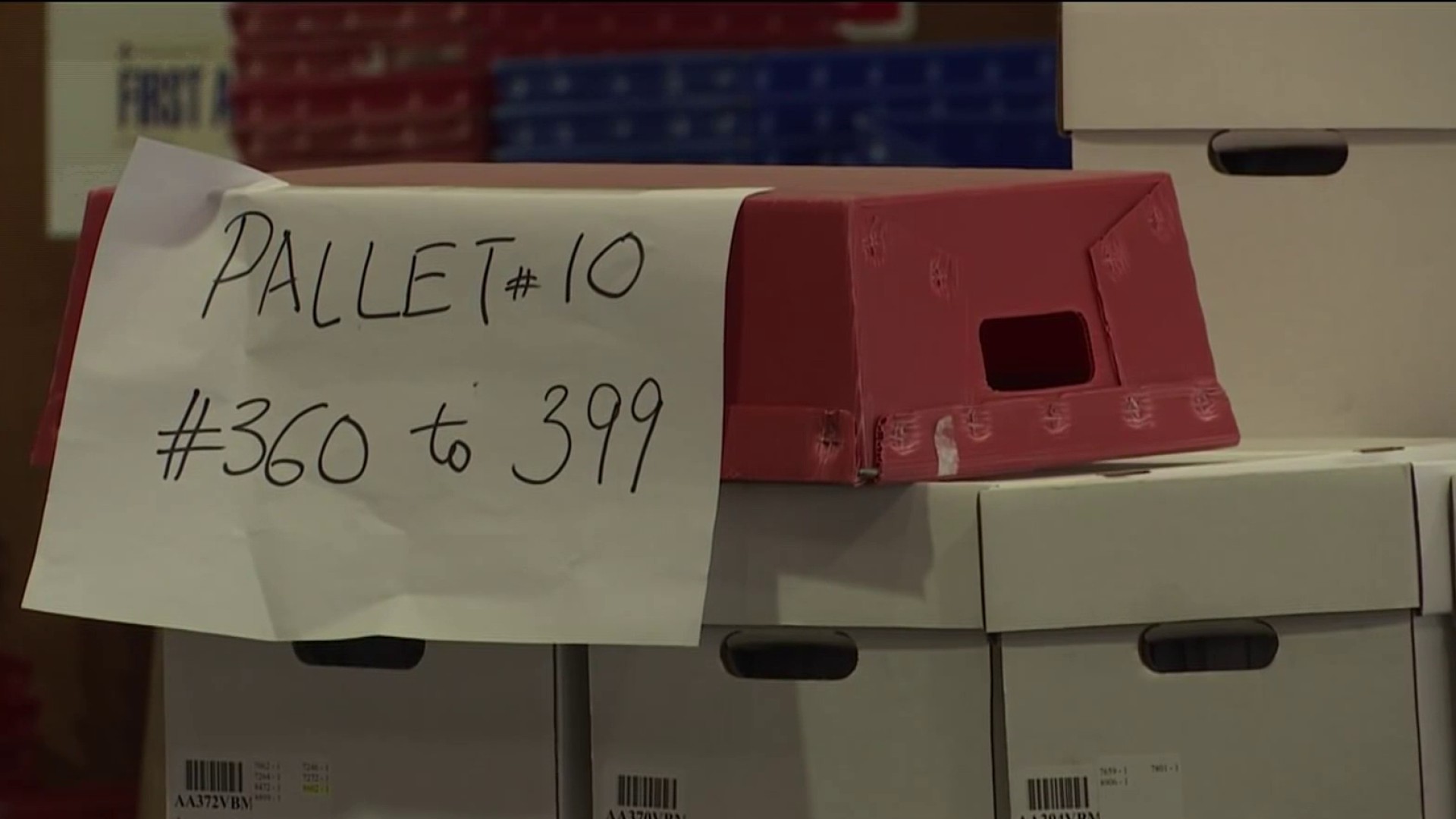NBC Bay Area’s Investigative Unit has obtained video evidence that experts say should prompt Cal Fire to reconsider the cause of the deadly 2017 Tubbs fire, which leveled Santa Rosa neighborhoods and killed 22 people.
It was the only major Wine Country wildfire that was not blamed on PG&E equipment.
In its final report, Cal Fire investigators identified the area around a hilltop home, owned by 91-year-old Ann Zink, as the origin of the Oct. 8 fire.
Cal Fire found the fire was caused by a substandard private electrical system spanning much of the 10.5 acre property.
But a surveillance video is raising new questions. It was taken from the Bennett Lane Winery and shows a flash at 9:20 p.m. That’s more than 20 minutes before the fire was first reported to authorities.
“It’s identical to lightning -- it’s a small piece of lightning,” said Bernard Cuzzillo, a mechanical engineer and fire science expert who reviewed the winery video.
It was likely an arc flash, he said, typically triggered when high voltage lines touch each other, or come into contact with a tree branch. The flash can also be caused when fuses blow at a power pole, and the location of the flash is what is raising new questions.
Local
The spot where the flash can be seen corresponds to PG&E pole 773, near the entrance to the Zink property. The left side of that pole is still charred.
While Cal Fire ultimately determined that two of the PG&E pole’s 25 amp fuses blew, it does not cite that as a cause for the fire. Instead, Cal Fire determined the nearby unpermitted and substandard private power system was to blame, even though the agency could not determine exactly how that system triggered the fire.
Cal Fire’s report also mentions the winery video, but it only describes how the video records the advancing fire. It does not mention the flash on the pole. It also says when the fuses on the PG&E pole blew, 20 homes lost power, including the Zink property, directly across from the winery, and that’s what is raising new questions about the cause.
“With the 25 amp fuses blown, there’s no electricity going to the residence,” Cuzzillo explained. “So the substandard wiring doesn’t matter after the fuses blow.”
Dan Mulkey, a former PG&E electrical engineer turned consultant, says the flash on that surveillance video raises questions about Cal Fire’s report.
Mulkey notes, “With everything going on in a storm, you’re not going to find everything out that you’d like to.” He added that one area that should be further investigated is what triggered the flash and blown fuses on PG&E pole 773. Cal Fire’s expert analysis does not offer an explanation.
“I think I’d like to be the lawyer asking the investigator some pointed questions,” Mulkey said.
Bernard Cuzzillo adds it would have been “an amazing coincidence” if the arc flash was somehow totally unrelated to the fire. Although the Cal Fire report does not mention the flash, it does speculate that the fire may have already started at 9:20 p.m., the time the power went out. The report then concludes that any evidence of the specific cause on the private system was destroyed by the fire itself.
In light of the video evidence, both experts said they believe Cal Fire should reopen its Tubbs Fire probe to make sure they didn’t miss anything involving PG&E equipment or misjudge the origin of the fire.
While Cuzzillo says he believes Cal Fire reached an “incorrect conclusion” in ruling out PG&E equipment, Mulkey was more measured.
“If that’s all they have,” the ex-PG&E electrical engineer said, “it sounds like there’s more work to be done on it.”
Although sources close to the case said the agency is considering reopening its probe in light of the video, Cal Fire declined to comment about the investigation or its finding, citing “pending litigation.”



